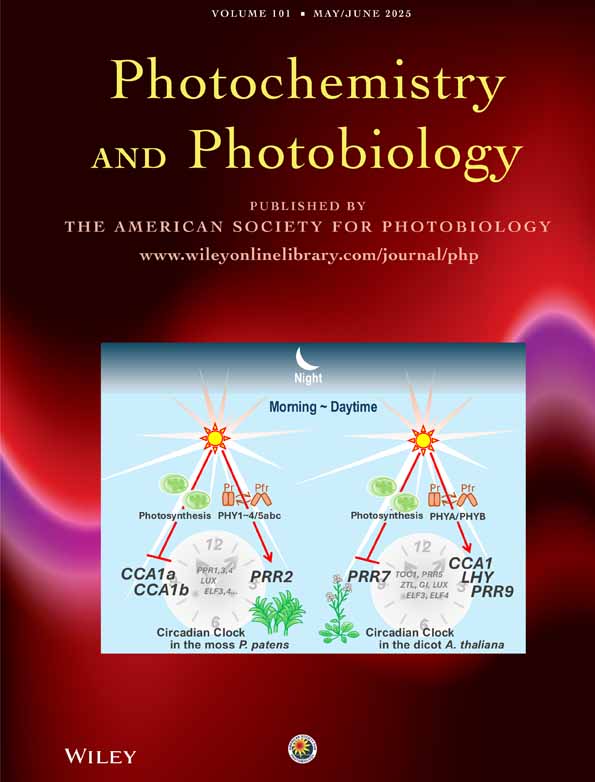Sites of Photodamage Induced by Photodynamic Therapy with a Chlorin e6 Triacetoxymethyl Ester (CAME)
ABSTRACT
The acetoxymethyl ester of chlorin e6 (CAME) was initially designed to be a hydrophobic photosensitizing agent that would be recognized by an endocytic pathway and initially accumulated in lysosomes. This was expected to lead to hydrolysis of the ester groups, followed by redistribution of the free chlorin to other subcellular sites. In this study, we examined the patterns of localization of CAME and of subsequent photodamage in murine leukemia L1210 cells. The drug was initially localized at intracellular sites, yielding a pattern similar to that obtained with a fluorescent probe for acidic intracellular vesicles and endosomes. A brief (30 min) incubation with 10 μM CAME followed by irradiation led to mitochondrial photodamage and apoptotic cell death. At a higher drug level, or with a longer incubation time, we observed additional photodamage to the plasma membrane and to lysosomes. The higher photodynamic therapy dose led to inhibition of apoptosis, with cell death likely occurring via a necrotic process. Distribution of CAME among the components of human plasma was to albumin > high-density lipoprotein > low-density lipoprotein. These results have implications concerning the likely mechanism of CAME accumulation and subcellular distribution.




